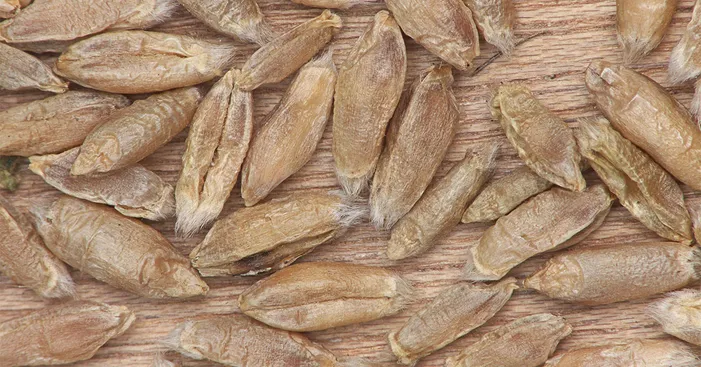
Triticale, a grain that marries the best qualities of wheat and rye, thrives in harsh conditions, and offers a bounty of health benefits, might not be a household name yet, but this unassuming hybrid is poised to steal the spotlight in the food world.
Forget bland, boring grains – triticale packs a punch of flavor and delivers a nutritional whammy, making it a worthy contender for your next meal.
So, why all the hype around this mysterious grain?
Buckle up, food explorers, because we’re about to embark on a journey into the fascinating world of triticale, uncovering its hidden potential and surprising benefits.
Prepare to be amazed by its drought-defying resilience, impressive nutritional profile, and versatility in the kitchen.
Ready to ditch the ordinary and embrace the extraordinary?
Dive into this post and discover why triticale just might be the next big thing on your plate!
General facts about Triticale:
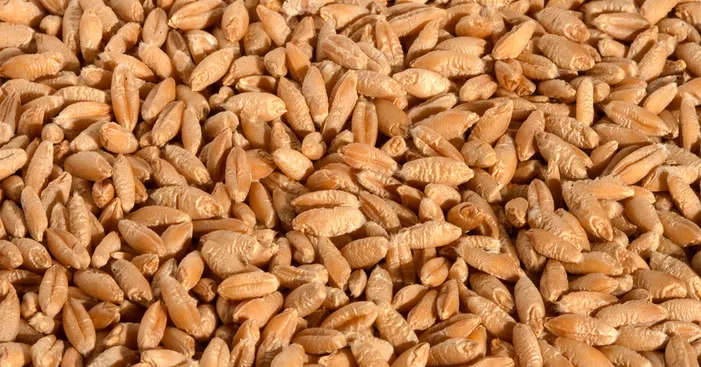
Triticale, a unique cereal boasting the “Triti” of wheat (Triticum) and the “cale” of rye (Secale), is a testament to human ingenuity in manipulating plant genetics.
This hybrid wasn’t born overnight but through a century of experimentation and refinement.
The 19th century saw the dawn of triticale when scientists first attempted to combine the best of both worlds: wheat’s desirable qualities for food with rye’s resilience in harsh conditions.
However, initial attempts yielded sterile plants – a major setback.
Persistence paid off in 1888 with the development of the first fertile triticale.
Breeding remained a gamble for decades, relying on chance mutations.
The game changer arrived in the 1950s with the discovery of colchicine, a technique that allowed targeted selection for fertility.
This paved the way for commercially viable triticale, but it wasn’t until 1968 that dedicated breeding programs took off.
Fast forward to today, and the once-experimental grain boasts over 39 varieties, thriving in diverse environments.
Triticale’s journey stands as a beacon of scientific creativity and perseverance, transforming a botanical idea into a global food source.
Triticale health benefits:
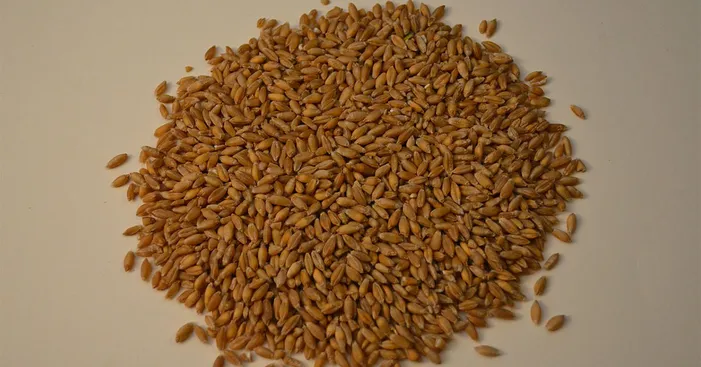
Stimulates blood circulation:
Our trusty red blood cells are silent workhorses, tirelessly delivering oxygen to every corner of the body, fueling our muscles, nourishing our skin, and keeping vital organs humming.
But what gives these microscopic marvels their power?
Iron, copper, and folic acid – and triticale, a unique grain, happen to be a champion supplier of all three.
This translates to several impressive benefits.
With abundant building blocks at hand, your body can churn out more red blood cells, leading to improved circulation.
Think of it as a wider, clearer highway for oxygen delivery, ensuring cells receive the fuel they need to heal faster and function optimally.
This boost in efficiency extends to your metabolism, helping you burn calories more effectively.
Even your hair follicles get a perk, experiencing enhanced growth thanks to a better oxygen supply.
And most importantly, you’ll feel energized and balanced, with all your systems working in harmony.
Promotes cell generation:
When it comes to supporting healthy cellular processes, triticale shines.
Compared to wheat and rye, it boasts a higher protein content, providing the essential building blocks for cell production throughout the body.
Think of protein as the bricks and mortar – by breaking down protein into amino acids, our bodies can then use them to construct all the materials needed for optimal health.
But triticale’s benefits extend beyond just protein.
It’s also rich in manganese, an element crucial for enzyme activity, which helps optimize many metabolic processes.
Folic acid, another key nutrient found in triticale, plays a vital role in cell division and growth.
Together, these elements work in concert to ensure our bodies function efficiently at the cellular level.
Could relieve asthma:
Triticale shines with an impressive mineral content, boasting the title of “highest in manganese.”
Now, manganese might not be the most talked-about dietary player, but the sheer amount found in triticale deserves attention.
Just one serving packs a whopping 300% of your daily recommended intake!
Remember those diverse functions we mentioned?
Manganese steps up again as a key player in an enzyme called manganese superoxide dismutase.
This powerhouse is an antioxidant, and studies link high levels of both manganese and this enzyme to decreased oxidative stress, potentially easing conditions like asthma and certain skin problems.
So, while manganese might not be a household name, its presence in triticale is certainly worth celebrating!
Boosts digestion:
Triticale, a hybrid of wheat and rye, stands out as a champion of digestive health thanks to its impressive fiber content.
Just one cup boasts a whopping 19 grams of fiber, making it a valuable addition to your diet.
This dietary powerhouse works wonders for your gut in several ways:
Faster Waste Elimination:
Fiber bulks up stool, helping it move smoothly and swiftly through your digestive tract.
This translates to quicker elimination of toxins and undigested materials, minimizing their potential to linger and cause harm.
Enhanced Nutrient Absorption:
As fiber facilitates the passage of food, it also increases the surface area available for nutrient absorption.
This means your body gets the most out of your meals, leaving room for more food and, consequently, more valuable nutrients.
Reduced Digestive Discomfort:
Say goodbye to bloating, cramps, and constipation!
The bulking and lubricating properties of fiber combat these common issues, promoting overall digestive comfort and regularity.
Protection Against More Serious Concerns:
Research indicates that fiber-rich diets might even offer protection against more serious gut problems like gastric ulcers.
Help with blood sugar management
For individuals with diabetes or those at risk, triticale emerges as a promising dietary option.
Two key features make it particularly beneficial: its high fiber content and the presence of manganese.
Firstly, triticale boasts a fiber content 50% higher than wheat or rye.
This plays a crucial role in blood sugar balance, the core challenge for diabetics.
Fiber slows down the absorption of sugars into the bloodstream, preventing spikes and maintaining a steady glucose level.
This avoids the harmful “flooding” effect of simple sugars in the bloodstream, protecting against related complications.
Secondly, triticale is rich in manganese, a mineral involved in various enzymatic processes essential for gluconeogenesis.
This process allows the body to convert sugars into usable fuel, further preventing them from entering the bloodstream directly.
As a result, triticale contributes to increased energy levels and better-regulated blood sugar, offering valuable support for both diabetic and pre-diabetic individuals.
By incorporating triticale into their diet, people with diabetes or those aiming to prevent the condition can leverage its unique properties to manage their blood sugar more effectively.
Remember, however, that triticale should be a part of a comprehensive plan that includes proper medication and lifestyle modifications as advised by a healthcare professional.
Using Triticale:
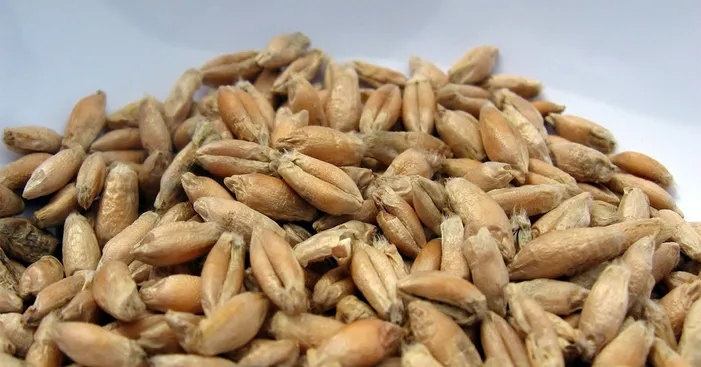
Triticale, born of a union between wheat and rye, stands out as a unique and versatile grain in the culinary world.
This hybrid powerhouse blends the best of both worlds, offering impressive nutritional depth and a range of exciting uses.
For bakers, triticale’s high gluten content translates to delightful results.
Loaves crafted with triticale flour boast a satisfying chewiness and a distinctive nutty flavor.
Beyond bread, it seamlessly incorporates into pancakes, muffins, and cookies, adding a healthy boost to these classic bakes.
But Triticale’s talents extend far beyond the oven.
Its hearty texture and earthy notes make it a shining star in soups, stews, and pilafs, adding both satisfying bite and complex flavor dimensions.
For a quick and nutritious breakfast, bake triticale grains and enjoy them in cereal bowls or salads.
Feeling adventurous? Triticale shines even brighter when malted and used in craft beers.
This unconventional ingredient lends a unique touch to the brewing process, resulting in beers with distinct and captivating flavor profiles.
And if you thought that’s all, triticale surprises again!
Ground into coarse flour, it becomes a worthy substitute for rice or couscous.
This transformation opens up new avenues for creativity, allowing you to use it as a vegetable garnish, a base for vibrant salads, or even a flavorful side dish in its own right.
With its remarkable adaptability and diverse culinary applications, triticale unlocks a world of possibilities for both seasoned chefs and enthusiastic home cooks.
So, unleash your imagination, explore the power of triticale, and take your culinary creations to exciting new heights!
Storing Triticale:
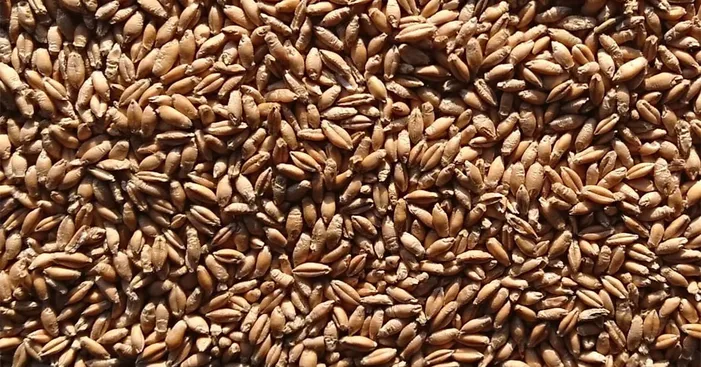
Ensuring proper storage is crucial for maintaining the freshness and nutritional value of your triticale grains.
Here’s a detailed guide to help you achieve this:
Preparing for Storage:
Cleanliness is Key:
Before tucking away your grains, eliminate any unwanted guests.
Utilize a grain cleaner or separator to meticulously remove foreign matter like debris or chaff.
This initial step helps prevent potential contamination further down the line.
Drying for Protection:
Moisture and mold don’t mix well.
Aim for a moisture content of around 12-14% by drying your grains thoroughly.
This crucial step acts as a shield against mold growth and spoilage during storage.
Choosing the Right Home:
Fortress Against Threats:
Opt for storage containers that provide a robust defense against moisture, pests, and temperature fluctuations.
Hermetically sealed silos, bins, or containers are popular choices for housing your triticale.
Remember, a clean and well-sealed container is your grain’s best friend.
Climate Control Matters:
Just like us, triticale thrives in specific temperature and humidity conditions.
Maintain a storage temperature between 10 and 15°C (50 and 59°F) and keep the relative humidity below 60%.
Regularly monitor these factors to prevent moisture build-up and the unwelcome return of mold.
Keeping Pests at Bay:
Pest-Proofing Strategies:
Implement effective measures to safeguard your grains from unwanted critters.
Insecticides, fumigation, or natural methods like diatomaceous earth or hermetic storage can all be valuable tools in your pest control arsenal.
Remember, vigilance is key.
Regularly inspect your stored grain for any signs of pest activity and take swift action if needed.
Ensuring Quality and Freshness:
First In, First Out:
Follow the “first-in, first-out” (FIFO) principle when using your stored triticale.
This simple practice helps ensure older grains are used first, preventing them from sitting for too long and potentially losing quality.
Regular Check-Ups:
Regularly assess the quality of your stored grain. Look for signs of spoilage, insect damage, or mold growth.
Discarding any compromised grains safeguards the overall quality of your stored batch.
By following these best practices, you can ensure your triticale grains remain fresh, nutritious, and pest-free, ready to be enjoyed whenever you need them.
Remember, proper storage is an investment in the quality and longevity of your valuable grain reserves.
Conclusion:
Triticale, a remarkable hybrid of wheat and rye, presents itself as a hidden gem in the world of grains.
This comprehensive guide delves into the various aspects of triticale, unveiling its potential to revolutionize agriculture and enrich our plates.
For farmers and agricultural enthusiasts, triticale emerges as a promising solution.
This hardy and high-yielding crop possesses an impressive ability to thrive in diverse climates and soil conditions, making it a champion of sustainable agriculture.
Unlike its wheat and rye cousins, triticale proves more resilient in the face of pests and diseases, further contributing to its appeal.
But triticale’s benefits extend far beyond its agricultural potential.
Nutritionally, it packs a powerful punch. Brimming with essential nutrients like fiber, protein, vitamins, and minerals, triticale can be a valuable addition to a balanced diet.
Its high protein content makes it particularly beneficial for vegetarians and vegans seeking plant-based sources of complete protein.
More than just nutritious, triticale is also incredibly versatile in the kitchen.
From the hands of skilled chefs to home cooks exploring new culinary horizons, triticale offers a unique and healthy twist to traditional dishes.
Its mild, nutty flavor complements bread, pastas, salads, and even soups, lending itself to various culinary creations.
As this guide reveals, triticale stands as an underutilized crop with immense potential waiting to be unleashed.
By encouraging its cultivation, embracing its nutritional value, and exploring its culinary diversity, we can contribute to a more sustainable and diversified food system.
Let’s unlock the power of triticale and rewrite the story of this remarkable grain.
